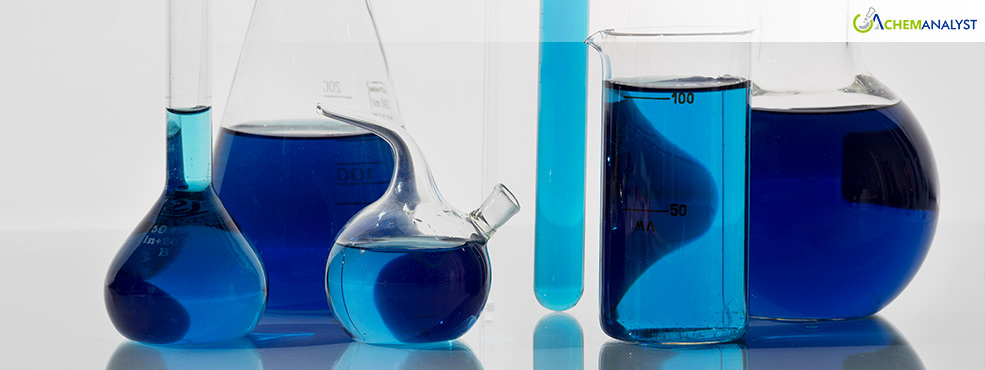Oleic Acid Prices Plummet in January 2025 Amidst Oversupply and Weakening Palm Oil Markets
- 07-Feb-2025 7:00 PM
- Journalist: Sasha Fernandes
In a significant market development, Oleic Acid prices have experienced a sharp decline across major producing regions in January 2025, primarily driven by oversupply conditions and weakening palm oil markets in Southeast Asia. Industry analysts attribute this downturn to multiple factors affecting both raw material costs and market dynamics.
The Oleic Acid market in Indonesia, the world's largest producer, has witnessed a substantial price decrease as manufacturers grapple with excess inventory. Local Oleic Acid production capacity has expanded significantly, creating an oversupply situation despite stable demand from downstream industries. Market experts note that this increased Oleic Acid availability, coupled with steady consumption patterns in cosmetics and food manufacturing sectors, has created downward pressure on prices.
Similarly, Malaysian Oleic Acid producers face mounting challenges as prices continue to fall. The situation is further complicated by rising competition from imported Oleic Acid, which benefits from minimal import duties. The current market conditions for Oleic Acid are unprecedented, pointing to the intricate relationship between raw material costs and final product pricing.
The decline in Oleic Acid prices closely mirrors the trajectory of palm oil, its primary raw material. Malaysian palm oil markets have experienced significant weakness, with prices dropping steadily due to multiple factors. High inventory levels and reduced export activity have created a bearish outlook, while competition from alternative edible oils like soybean and sunflower oil has intensified pressure on the market.
The Indonesian palm oil sector, which directly influences Oleic Acid production costs, has reported persistent oversupply conditions. Their Oleic Acid manufacturers have had to adjust prices downward as palm oil export prices continue to decline. The postponement of Indonesia's biodiesel B35 program has redirected additional palm oil volumes to the global market, further depressing prices.
Currency fluctuations have added another layer of complexity to the Oleic Acid market dynamics. The appreciation of the Malaysian ringgit has made exports less competitive, forcing Oleic Acid producers to reduce prices to maintain market share. This currency impact has particularly affected trade relationships with major importing nations.
Industry observers note that the current Oleic Acid price decline has created a mixed impact across various sectors. While downstream industries benefit from reduced raw material costs, Oleic Acid manufacturers struggle to maintain profit margins. Some facilities have reportedly reduced their Oleic Acid production rates to help balance the market.
Looking ahead, market analysts remain cautious about the Oleic Acid price trajectory. The combination of increased Oleic Acid production capacity, stable demand patterns, and continuing weakness in palm oil markets suggests that prices might remain under pressure in the near term. However, they emphasize that any significant changes in global demand or supply dynamics could shift market conditions rapidly.
As the market adjusts to these new dynamics, both Oleic Acid producers and consumers are closely monitoring palm oil prices, which continue to be a crucial determinant of production costs. The interplay between raw material costs, production capacity, and market demand will likely shape the Oleic Acid market's direction in the coming months.



